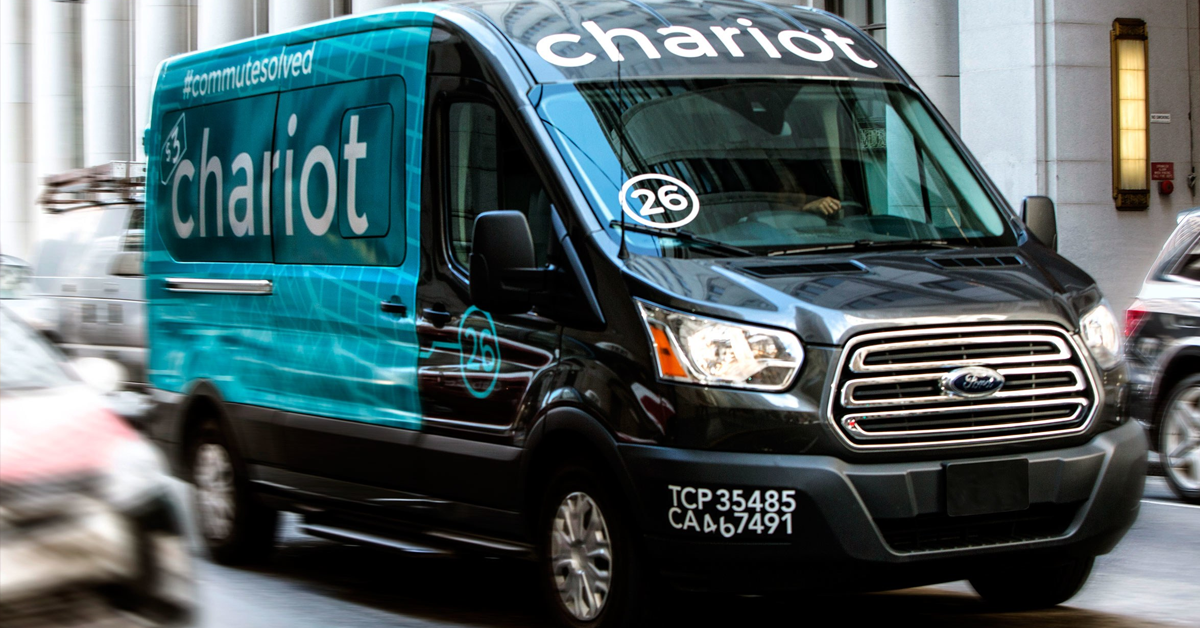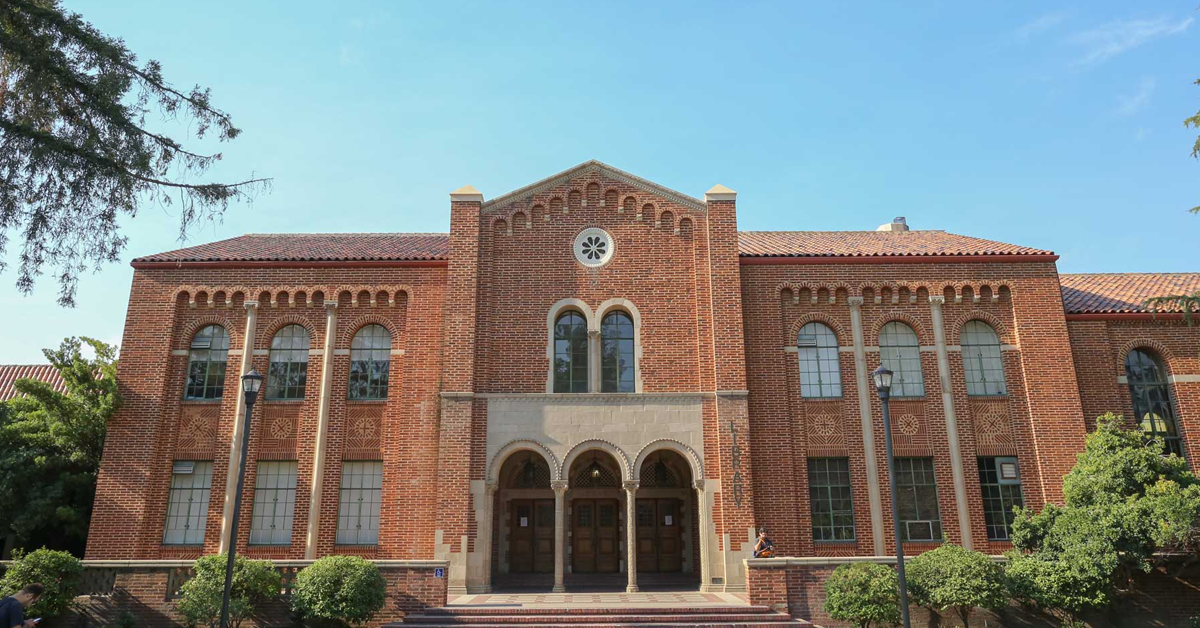It looks like Fresno City Hall’s latest foray into innovative public transportation was more challenging than expected.
The Sun reported last September that the city’s Department of Transportation was seeking a $500,000 Measure C grant to fund a Fresno Area Express microtransit pilot project.
This was to test whether FAX could provide a 21st-century mobility-on-demand service to two sections of North Fresno underserved by FAX.
I wrote at the time: “That’s right – it appears that good ol’ FAX is going down the path of Uber and Lyft.”
The city in late 2018 was awarded the half-million-dollar grant. But last month the Fresno County Transportation Authority board rescinded the grant. The board made its decision with the endorsement of FAX.
The traditional fixed-route FAX service continues to provide mobility to thousands of Fresnans every day. But FAX officials have struggled in recent years to improve ridership levels. That’s partly because there’s a transportation revolution afoot in America. Ridesharing services such as Uber and Lyft are at the heart of this revolution. No one can turn back that clock.
The FAX microtransit project, according to its Measure C application, was to be “a form of mobility on demand (MOD). It is a technology-enabled transit service that offers flexible routing and scheduling of minibus vehicles. The goal is to provide public transit mobility to underserved areas and to extend the reach of the FAX bus while also reducing operating and capital costs and vehicle miles traveled (VMTs).”
One of the test areas was in Northwest Fresno. The El Paseo shopping center is in this area. The other test area was in Northeast Fresno. Clovis Community College is in this area.
Technology was to make Fresno’s experiment work like a charm.
According to the grant application, the new service was to utilize “a flexible, cloud-based microtransit software system. Passengers will be provided with a mobile application that can be utilized (to) book a trip, see the cost of the trip, and know in real time when their vehicle will be available. The cloud-based automated dispatcher dynamically matches available resources with rider needs for more efficient and flexible transit service with less operational burden.”
It appears that the FAX microtransit project ran into trouble almost from the get-go. Mike Leonardo, the Transportation Authority’s executive director, told the FCTA board in an Oct. 30, 2019 report that FAX wanted to use private vendors to provide the microtransit services.
“FAX subsequently determined they could not use contract services but would need to use FAX employees,” Leonardo wrote. “This change would result in a substantial increase to the cost of the pilot” project.
Leonardo wrote that City Hall asked that FAX be allowed to eliminate one of the two test areas. Fresno would have a smaller project, but one that stayed within budget.
But Transportation Authority officials, along with officials who judged the grant application, said no. They said the application would have been judged differently if everyone had known at the beginning that only one part of Fresno was to be served.
Transportation Authority staff recommended that the grant be rescinded and that FAX reapply at a later date. FAX said it wanted to keep the grant funding in place, and would find other sources of money to make the project work.
Leonardo wrote: “Subsequently FAX staff determined that approach was not feasible and requested that the grant funding be rescinded.”
Greg Barfield, City Hall’s director of transportation, wrote in an Oct. 17, 2019 letter to Leonardo that FAX staff spent many hours learning how microtransit services have been delivered successfully in Valley cities such as Bakersfield and Sacramento.
“With all these efforts,” Barfield wrote, “we are concerned with proceeding at this time as we vastly underestimated the project before us and did not fully develop a successful project as we should have in our application…. We are truly more understanding now of how to run a successful Microtransit project and plan to reapply in the future with a much better application due to the knowledge we have learned to date.”










